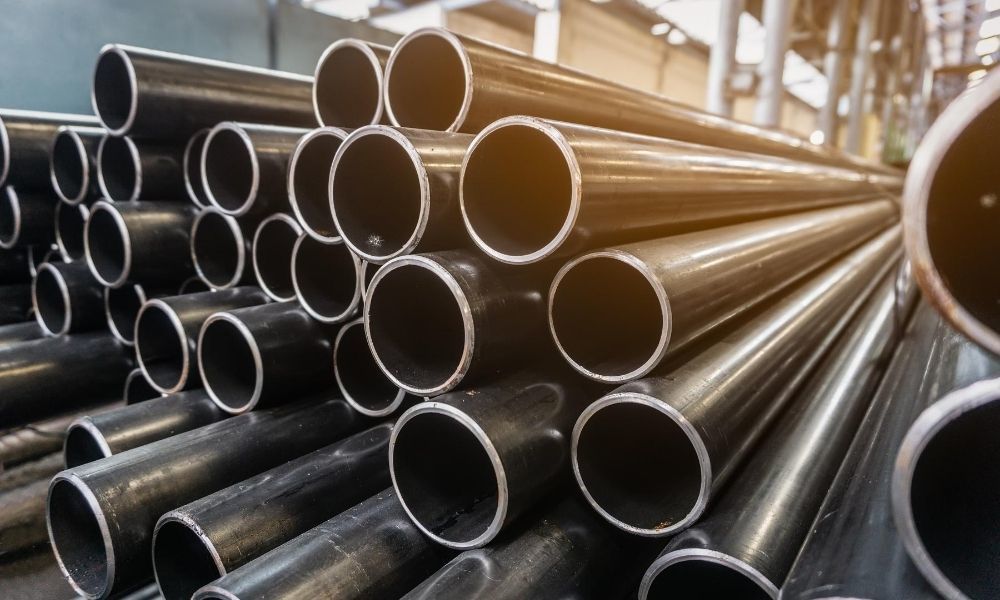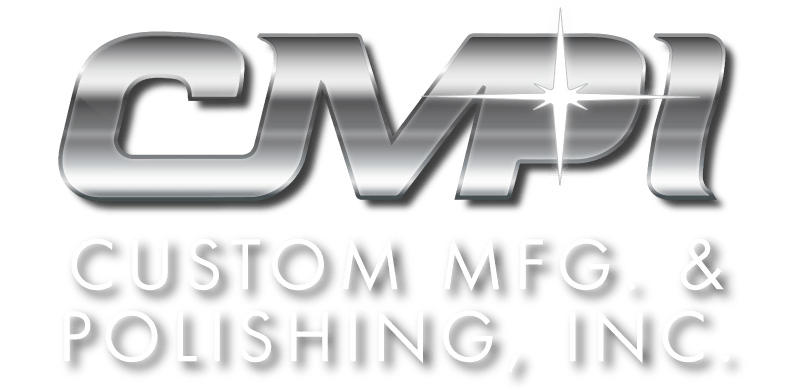Factors to Consider When Choosing Stainless-Steel Grades

Stainless-steel is one of the most versatile construction materials used today. From medical equipment to kitchen appliances, to industrial heat exchangers, there is a diverse array of possibilities for this type of material. However, stainless-steel is just an umbrella term that’s better defined by its grade and type. The most common types of stainless-steel are austenitic, martensitic, ferritic, and duplex. Precipitation hardening stainless-steels exists too, although not as common. With each type of stainless-steel, there are a series of grades that determine whether it’s corrosive-resistant, heat-resistant, strong, ductile, and so on. With that, here are all the factors to consider when choosing stainless-steel grades< based on their types, characteristics, and applications.
Consider the Operating Environment
Before choosing the right stainless-steel grade, it’s important to consider the operating environment it’s in, as environmental conditions can affect the final product. Temperature, low pH, stressors, and crevice corrosion all negatively influence stainless-steel. Therefore, it’s best to opt for 316 or 304 alloys, as these alloys supply the best strength, toughness, and corrosion-resistance across a broad temperature range. Type 316 has molybdenum which resists chloride ions associated with marine and chemical applications. High-quality structural design best resists corrosion.
Formability and Weldability
Formability and weldability are also important. Applications that require good formability need an austenitic grade of stainless-steel such as 304, or ferritic grade like 430. Martensitic grades, like 410, are a poor choice because they’re brittle and weak. A material’s weldability is also a critical quality. Poor stainless-steel grades can crack, intergranular corrode, or stress corrode under welding. Like with formability, austenitic grades are the most weldable. 304L has lower carbon and 347 has niobium stabilizers that each help prevent these issues. Grades 430 and 439 are also welding-friendly stainless-steel grades. Nevertheless, martensitic stainless-steel is not generally suitable for welding, even if it contains lower amounts of carbon.
Level of Corrosion Resistance
As previously mentioned, fabricators often require a steel grade with high corrosion resistance. Naturally, different grades offer different levels of resistance. Austenitic stainless-steel offers the highest level due to the presence of chromium alloys. Grade 316 is also a good choice in this case. While not as corrosive-resistant, martensitic stainless-steel and ferritic stainless-steel are affordable options given their lack of nickel and chromium. Another factor in corrosion resistance is a material’s ability to withstand heat treatment. Heat-treating stainless-steel might have a different effect depending on the grade of stainless-steel. Austenitic and ferritic steels are poor choices for heat treatment given that they don’t harden. Alternatively, martensitic stainless-steel is typically heat-treatable.
It Comes Down to Strength, Ductility, and Toughness
Strength, ductility, and toughness are essential factors to consider when choosing stainless-steel grades. Strength is the amount of stress put on the steel before it deforms. Ductility is the capability that the material can change shape without losing its strength. Toughness refers to the steel’s ability to deform without fracturing. Given all that, stainless-steel with chromium and nickel alloys increase these characteristics and supply the highest corrosion resistance. However, each grade responds to timing, temperature, and cooling speed differently. For instance, austenitic stainless-steel hardens by cold working operations, like rolling, bending, or drawing below the recrystallization temperature. However, this process also decreases the metal’s elongation and impact resistance. Carbon steels, on the other hand, increase through heat treatment.
What is the Magnetic Response?
Each stainless-steel family has its own magnetic properties determined by the alloy. Ferritic structures are magnetic due to the chromium present. Austenitic steel also has chromium with nickel added, which make it non-magnetic. This lack of magnetism is referred to as relative magnetic permeability. Grades 316 and 310 are always non-magnetic. Applications requiring a high magnetic response from ferritic or martensitic stainless-steel grades should opt for grades in the 400 series. Duplex grades, like 2101 or 2205, also have magnetic properties.
What Does the Customer Prefer?
Stainless-steel fabricators must always listen to the customer when choosing the right grade. Based on their specifications and requirements, the customer could desire a shiny, polished finish; a dull, matte finish; or a magnetic or non-magnetic finish, in addition to many other preferences. This might also depend on the certification-specific specifications. ASTM A213 and A249 are used for boilers, superheaters, and heat-exchanging tubes. Still, ASTM Grade A908 is used for hard-drawn industrial needle tubing. Each ASTM standard fits a series of specifications for customers depending on its chemical composition, heat treatment, temperature, and physical or mechanical attributes.
Material Cost and Availability
High-performance austenitic stainless-steel is the most expensive grade. Yet, it is also the most well-deserving. When choosing a stainless-steel grade, you want the best quality for the money spent. How often you replace the steel might cost more in the long-term schematics than purchasing a grade with more expensive overhead. Therefore, opt for a more corrosive-resistant grade to reduce maintenance, replacement, and downtime costs. Experiment with different grades until you find the one that offers the best price and longest service before replacement.
General List of Grades and Applications
Nonetheless, here’s a brief snippet into common stainless-steel grades and their respective applications:
Ferritic
- 409: Automotive exhaust systems and heat exchangers
- 416: Axles, shafts, and fasteners
- 430: Food industry and appliances
- 439: Automotive exhaust components
Austenitic
- 303: Fasteners, fittings, gears
- 304: General purpose stainless-steel
- 304L: Grade 304 that requires welding
- 309: Applications that require elevated temperatures
- 316: Chemical applications
- 316L: Grade 316 that requires welding
Martensitic
- 410: General purpose stainless-steel
- 440C: Bearings, knives, and wear-resistant applications
Precipitation
- 17-4 PH: Aerospace, nuclear, and chemical applications
- 15-5 PH: Valves, fittings, and fasteners
Duplex
- 2205: Heat exchangers and pressure valves
- 2507: Pressure vessels and desalination plants
No matter what, when it comes to custom stainless-steel fabrication , we at CMPI understand the value every stainless-steel grade presents. Our expert team of polishers and fabricators have the best equipment for perfectly finishing your stainless-steel material by sheet, plate, pipe, tube, bar, or any other shape. With speed and accuracy, we’re known for our versatile polishing capabilities using a diverse array of stainless-steel fabrication services in the nation. Don’t be afraid to contact us with your stainless-steel issues or concerns, and our team will be happy to assist you.




